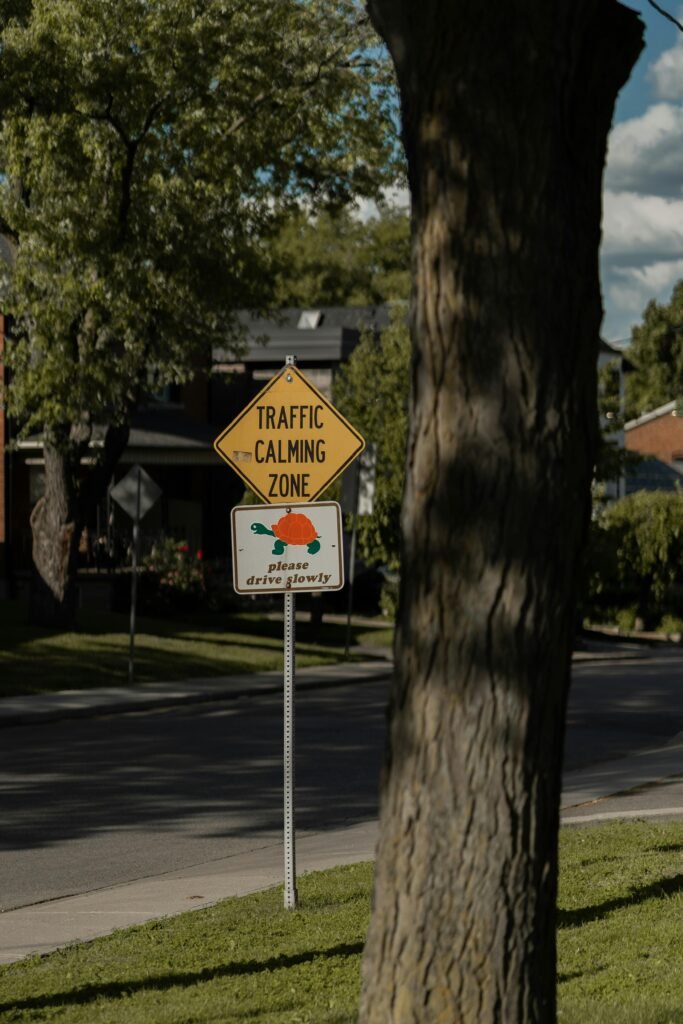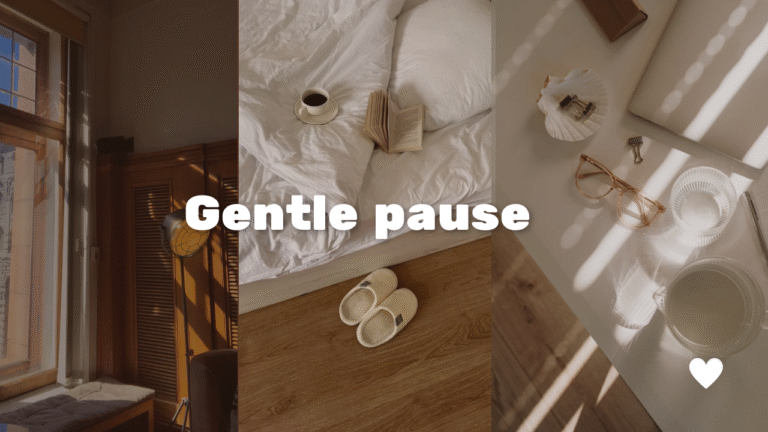Life today moves fast, notifications, deadlines, constant stimulation. Most people don’t realise that the mind isn’t designed to operate at full speed all the time. A slow life reset doesn’t require quitting your job, moving to the mountains, or changing everything. Sometimes, peace begins with tiny daily habits that create space to breathe again.
This guide offers seven small shifts that fit into any routine and help you gradually shift from “constant rush” to “calm and intentional living”.
Why Slowing Down Works (The Science)
A calmer lifestyle isn’t just a trend it’s physiologically beneficial. Slowing down activates the parasympathetic nervous system, which reduces cortisol, enhances clarity, and improves emotional balance. Research from Stanford University suggests that micro pauses during the day help the brain reset, improving focus and reducing anxiety.
Living slower doesn’t mean being less productive, it means being more present and mentally efficient.
7 Tiny Slow-Life Habits to Start Today
1. Begin Your Day Without Your Phone (10 Minutes of Silence)
How you start your morning sets the emotional tone for your day. For the first 10 minutes, avoid screens. Sit, breathe, stretch, or simply be with your thoughts. This reduces dopamine spikes caused by instant stimulation and helps the brain wake up gently.
Check Out: Morning Rituals
2. One Slow Meal Daily (No Screens, No Rush)
Eat one meal without multitasking. Taste the food, chew slowly, notice textures. Mindful eating improves digestion and reduces emotional eating triggered by stress.
3. Step Outside for 5 Minutes of Natural Light
Exposure to daylight early in the day supports circadian rhythm and improves sleep quality. Even 5 minutes on a balcony, outside your door, or near a window works.
Check Out: Natures Effect on Health
4. Do One Thing at 70 Percent Speed
Choose one daily task like showering, folding clothes, making tea and do it slower on purpose. This conditions the mind to stop rushing for no reason and increases present moment awareness.
5. Create a “No Rush Zone” in Your Home
Choose a corner of your room that signals calm like a chair, a rug, a candle, a soft light. This anchors your brain to associate that space with relaxation.
Check Out: Calm Home Finds
6. Schedule a 10-Minute Evening Slowdown Ritual
Before bed, dim lights, reduce noise, and wind down. The brain needs transition time to shift from alertness to rest.
This improves sleep quality, emotional regulation, and next-day calmness.
Check Out: The Truth about Sleep
7. Digital Sunset: Turn Off Non-Essential Screens 1 Hour Before Bed
The brain wasn’t built for late-night brightness and stimulation. Reducing screens before sleep increases melatonin production and helps you fall asleep faster.
Even replacing screen time with soft music, reading, or journaling creates noticeable peace.

A Simple Sample Slow-Life Routine
Morning: Wake → silence → sunlight → slow breakfast
Day: One task slower → no-rush corner break
Night: Digital sunset → slow evening ritual
Start with only one or two habits, then gradually add more.
External Supporting References
• Stanford University study on micro pauses and cognitive reset
• Harvard Health Publishing on circadian rhythm and natural light
• Forbes Lifestyle on intentional slow living trends
If this helped you feel a sense of calm, explore more slow living guides on TheCalmRealm. Begin with one small change today and notice how your mind responds.










